Smart Farming and Agriculture: 5G IoT Use Cases
June 24, 2025
Estimated reading time: 7 minutes
Smart farming and precision agriculture incorporate technology to make farm-to-market more efficient and productive. Smart agriculture — also known as ag-tech — uses IoT sensors to connect everything from irrigation systems to soil and animal production. As 5G continues to roll out worldwide, this high-bandwidth cellular technology is transforming ag-tech.
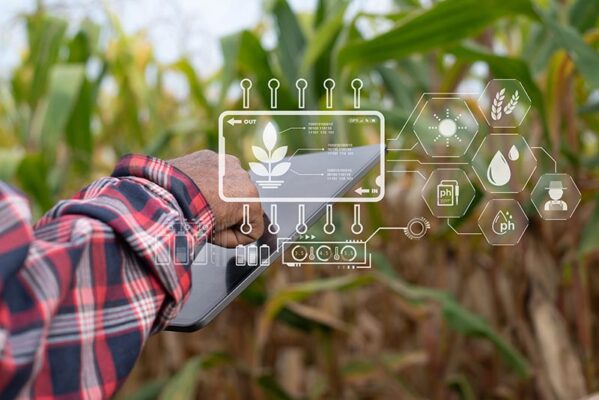
Ag-tech empowers farmers with data to make smart business decisions and maximize food production. Connected agriculture solutions help farms:
Some smart farming endpoints depend on Wi-Fi and Bluetooth® wireless technology. Others use cellular networks and technologies due to distances and radio frequency (RF) coverage needs. Fixed and mobile applications may require cellular IoT connectivity for remote data collection and equipment management.
These capabilities monitor the entire process. From orchards to cattle ranching, farms are utilizing IoT solutions to monitor multiple drivers affecting their bottom line, including:
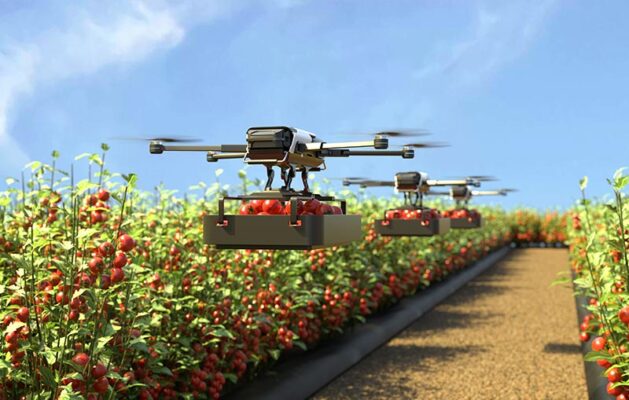
The early stages of 5G focused on enabling high-bandwidth connectivity. As telecoms worldwide expand 5G infrastructure, large corporate farming operations are creating private 5G networks. These enable high-bandwidth use cases, like crop monitoring using drones. They also provide data aggregation from thousands of transactional or triggered IoT sensors.
Efforts to prepare for the future of farming are emerging in the U.S. and rural areas worldwide. Communities in the UK are educating a rising agricultural workforce in digital skills. They create partnerships between technology developers, telecom providers and local farms.
The West Sussex County Council leads one such project that the Department of Science, Innovation and Technology funds. Growing Sussex 5G Innovation Region engages the local county council with agriculture and education leaders to foster innovation.
Farmers leverage 5G when their operation utilizes large amounts of data from disparate sources. On an industrial chicken farm, for example, data from thermostats and feeding machines come to a central connection point. Thousands of sensors generate small bits of data. Each of which amounts to too little cost or complexity for a broadband-grade 5G data pipe.
When aggregated in properly dimensioned clusters, the resulting bandwidth can align with 5G mobile broadband. 5G is an excellent solution to aggregate and backhaul this information.
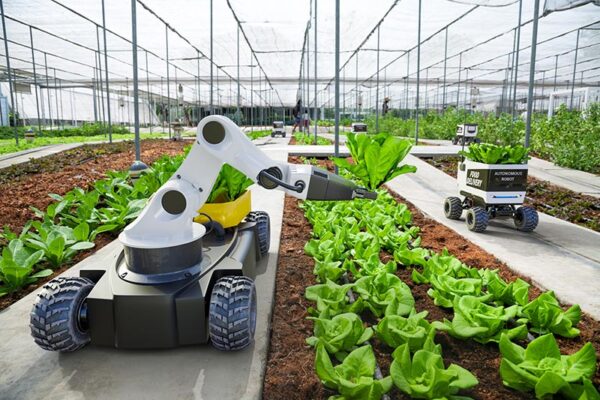
In 2022, 3GPP Release (Rel) 17 enhanced LTE-M and NB-IoT. This improved battery life and connectivity for agricultural IoT devices in remote locations, such as large patches of farmland.
Rel 17 supports integrating satellite networks with 5G, which could ultimately overcome some connectivity barriers in farming. Non-terrestrial networks (NTNs) will bring 5G connectivity and networking capabilities to remote areas without closely spaced cell towers. For smart farming, this option will accelerate innovation and create greater access, likely at a much lower cost.
Over the next several years, lower LTE categories (i.e., NB-IoT and LTE-M) will still play a leading role in connectivity options for remote agricultural sensors. As the technology evolves, power needs and costs will drop, enabling new designs and concepts for remote agricultural sensors. End-to-end ability to bridge technologies will become more seamless as 5G standards develop.
Here are some present and future 5G use cases in smart farming technology:
5G technology enables centralized data aggregation in large farming operations. A sizable corporate farm could build a private 5G network to aggregate data from micro-monitored crop management systems.
These systems include soil moisture sensor density, possibly hundreds of times denser than what available technologies support. This network can enable more efficient real-time monitoring, with triggers for throttling irrigation and other crop support systems.
As 5G technology enables data aggregation, large industrial farms can better incorporate predictive analytics. Analytics software creates models and predictions. It considers past and present data conditions (e.g., soil moisture and pesticide use) to help farmers make decisions. As 5G enables denser real-time data, analytics will become more precise, maximizing farm production and efficiency.
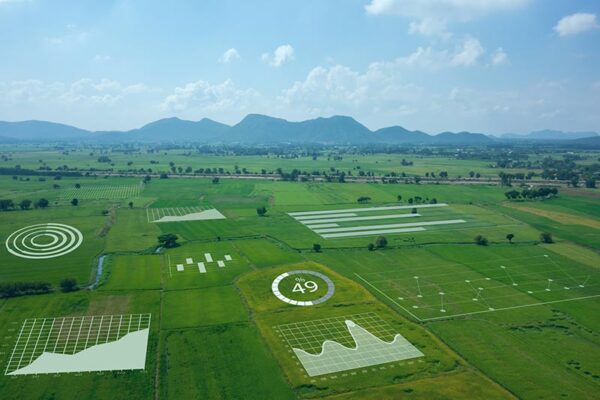
AI impacts every industry today, and agriculture is no exception. A Grand View Research report predicts the AI agriculture market will grow at a compound annual growth rate (CAGR) of 25.5% from 2024 to 2030.
5G networks will allow farmers to implement AI systems that can collect and analyze large data sets. The ability of AI models to learn and make autonomous decisions can:
5G technology empowers farmers to adopt data-heavy IoT applications. Robotic innovations hold great promise for filling farm labor shortages. Coupled with AI and machine learning, robotic farming equipment like self-driving mowers will continue to emerge.
More farmers are using drones to monitor their crops. Drones are less costly than driving tractors through fields. They provide more targeted information about crop damage and other variables.
As a high-bandwidth technology, 5G will enable drones to collect higher-quality video data and convey it faster. This high-speed data transmission capability will enable AI drone technology development and real-time reports.
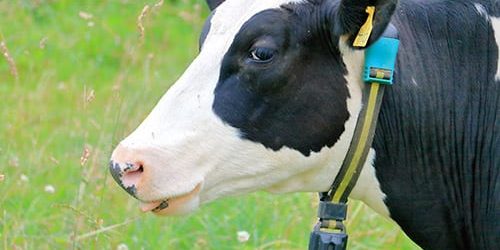
Rel 17 increased the feasibility of 5G low-power and denser sensor networks. However, some animal monitoring sensors rely on non-cellular Wi-Fi or Bluetooth technology or cellular LTE LPWAN.
Ag-tech developers created herd management sensors for large, centralized farms that support 5G infrastructure. These sensors track individual animals in small areas, such as a chicken farm.
These include smart collars and ear tags to track an animal’s location and health.
Developing autonomous vehicle technology in other sectors will translate to farm implements. Tractors with onboard computers allow operators to control minute farming task details. This includes the distance between seed rows and the down force applied. Improvements in driverless farm equipment like automated tractors provide flexibility and efficiency for farmers and save on labor costs.
Crop transportation trucks can also benefit from IoT sensors for supply chain management. These sensors can track cargo temperature and send alerts if it becomes too warm or cold (i.e., cold chain).
Small mobile sensors like asset trackers will likely continue to use high-latency technologies like LPWAN. Autonomous vehicles with stronger onboard computers can send and receive larger, ultralow-latency data streams — like video — with 5G.

Farming operations are at the weather’s mercy. Damage can cause farmers to lose large crop portions. Connected weather stations provide farmers with field condition data to solve this dilemma.
One example is the InField monitoring system developed by AMA Instruments. InField measures conditions like:
Deployed in remote fields, weather stations will likely continue to utilize LPWAN connectivity for the immediate future. They will benefit from 5G for data-dense observation and edge computing.
As the world transitions to 5G, smart farming will continue to expand. AI and predictive analytics will enable farmers to make choices that increase productivity and efficiency. The global results will be sustainable farming practices equipped to feed growing populations.
Telit Cinterion has over 30 years of IoT enablement experience. Our secure 5G modules and data cards provide the ultralow latency and high reliability your smart farming solution needs. We have the tools and know-how to simplify your application’s design and integration.
Speak with our IoT smart farming experts today to power your solution with 5G IoT.
Editor’s note: This blog was originally published on 4 August 2021 and has since been updated.